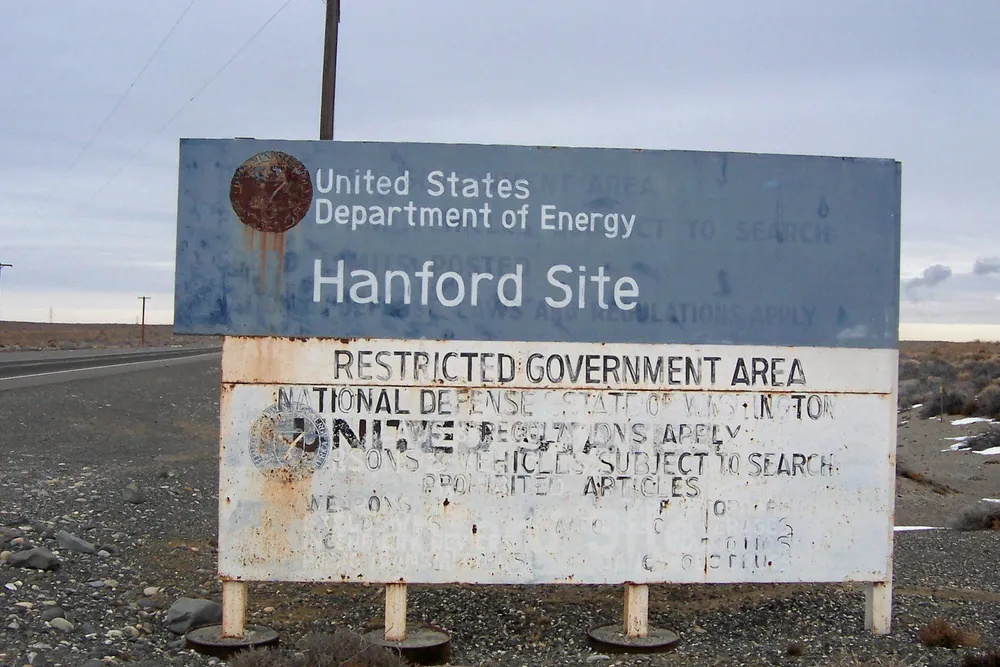US in talks with Hecate Energy for giga-scale solar array on former plutonium production site
The project would use a sliver of land in the sprawling Hanford complex that manufactured plutonium-239 over four decades for nuclear weapons

The US Department of Energy (DoE) will enter realty negotiations with Hecate Energy for a solar project up to 1GW capacity and related battery storage within a 12.5-sq-mile (32.4 sq-km) area of agency-owned land at the former nuclear weapons materials production Hanford Site in Washington State.
While the proposed array is among the country’s largest for solar, it would occupy a small sliver of the 586 sq-mile Hanford reservation where plutonium-239 was produced from 1945 to 1988.
That process generated substantial amounts of radioactive and chemical wastes and a legacy of contaminated facilities, groundwater, and land. The federal government has spent tens of billions of dollars thus far in the largest environmental remediation effort in the nation’s history.
“DoE is transforming thousands of acres of land at our Hanford site into a thriving centre of carbon-free solar power generation, leading by example in cleaning up our environment and delivering new economic opportunities to local communities,” said Energy Secretary Jennifer Granholm.
Hecate is 40% owned by Spanish oil giant Repsol, which has joined forces with EDF Renewables and Orsted to explore floating offshore wind in Atlantic waters facing Portugal and Spain.
The initiative is intended to help achieve President Joe Biden’s ambitious climate and clean energy goals and responds to his December 2021 executive order for federal agencies to use their properties for development of new carbon-free electricity generation.
The 2030 goals include a 50-52% reduction in greenhouse gas emissions from 2005 levels and 30GW of offshore wind capacity in commercial operation, and a carbon-free or neutral electric grid by 2035.
Since then, DoE has announced the selection of developers after a competitive qualifications-based process for clean energy projects in the states of Idaho, Nevada, and South Carolina.
These include Massachusetts-based NorthRenew Energy which proposed a 300MW solar array plus battery storage on 2,000 acres of land at the Idaho National Laboratory, and Spitfire, based in Houston, a 100MW solar plus storage facility on 500 acres there.
Reno-based Estuary Power and NV Energy, the largest electric utility in Nevada and part of Warren Buffett’s Berkshire Hathaway, the largest US conglomerate, propose to develop a solar array with at least 200MW capacity on 2,400 acres of land owned by a DoE agency in the state.
DoE has also announced selection of two projects that would be built at its Savannah River Site in South Carolina, whose original purpose was to refine fissile materials for nuclear weapons, that is also undergoing environmental remediation.
The first is proposed by Ameresco, also based in Massachusetts, for 75MW of “carbon pollution-free” electricity capacity with potential for a battery-energy storage system on 500 acres of land. The second proposed by Stellar Renewable Power with headquarters in Dallas, is for a similar size project.
(Copyright)